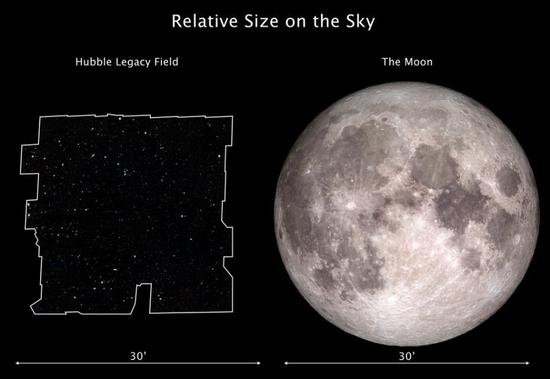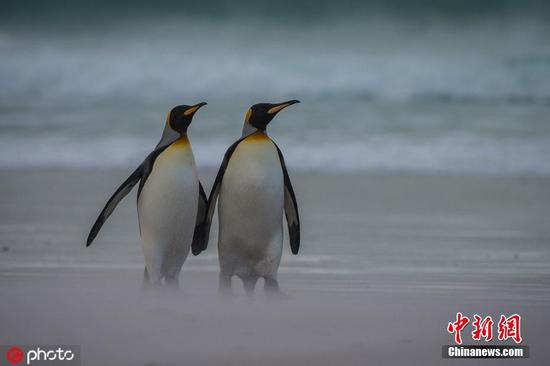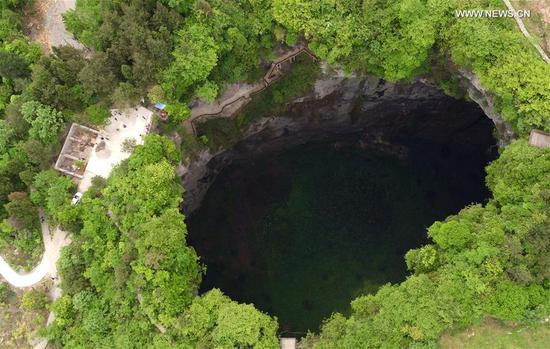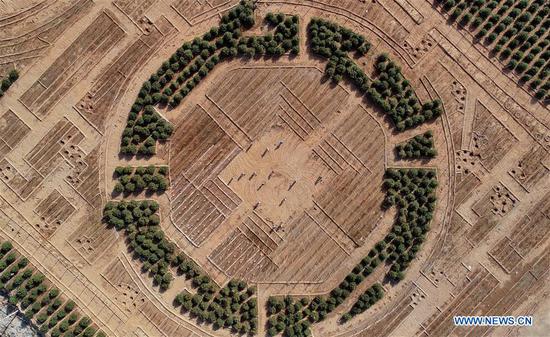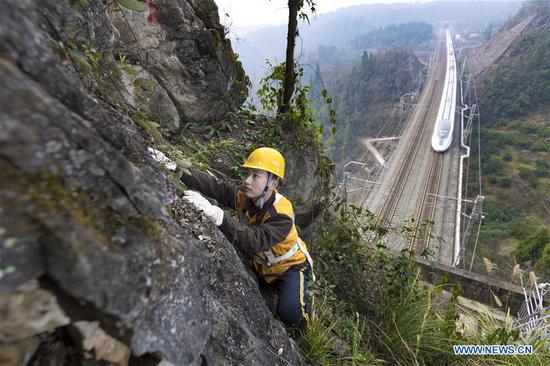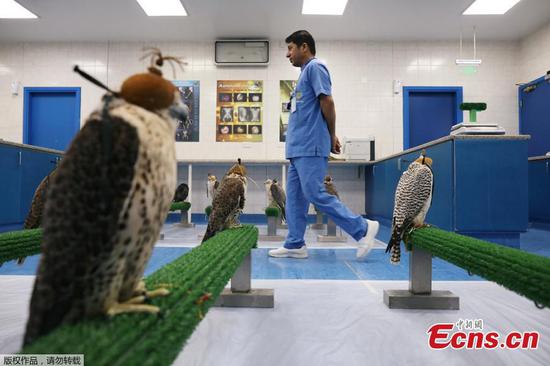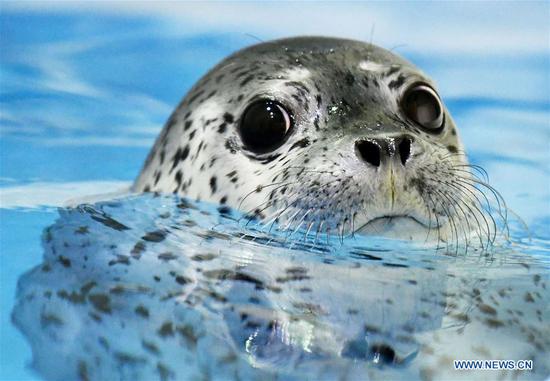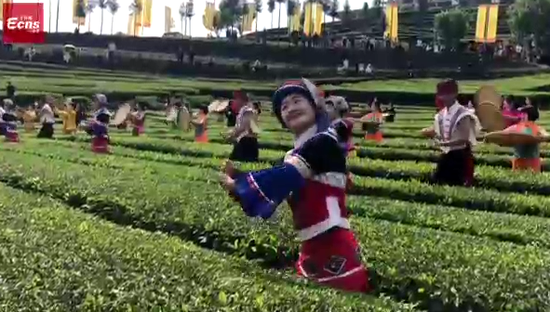Human-generated greenhouse gases and atmospheric particles were affecting global drought risk as far back as the early 20th century, according to a recent study by NASA.
Researchers at NASA's Goddard Institute for Space Studies (GISS) in New York City compared the predicted model with real-world soil moisture data to try to identify the correlations between human fingerprints, a term used in the study to describe greenhouse gas emissions, and global drought patters in the 20th century.
Having analyzed historical rain, temperature, soil moisture records, as well as tree ring patterns, Benjamin Cook, a lead author of the study, said "we were pretty surprised that you can see this human fingerprint, this human climate change signal, emerge in the first half of the 20th century."
"Climate change is not just a future problem," said Cook, a climate scientist at GISS and Columbia University's Lamont-Doherty Earth Observatory, in a press release.
"This shows it's already affecting global patterns of drought, hydroclimate, trends, variability -- it's happening now. And we expect these trends to continue, as long as we keep warming the world," he added.
The researchers said the study is the first to provide historical evidence connecting human-generated emissions and drought at near-global scales.
While historical drought data aligned with the study's predicted model in the first half of the 20th century, researchers also noticed a cooler and wetter period between 1950 and 1975.
They believe the brief change was perhaps caused by large amounts of aerosols released into the atmosphere during the period. Before the passage of air quality laws, industry expelled vast quantities of smoke, soot, sulfur dioxide and other particles that researchers believe blocked sunlight and counteracted greenhouse gases' warming effects.
After 1975, as pollution declined, global drought patterns began to trend back toward their prediction, they said.
The study was published in the journal Nature last week.












